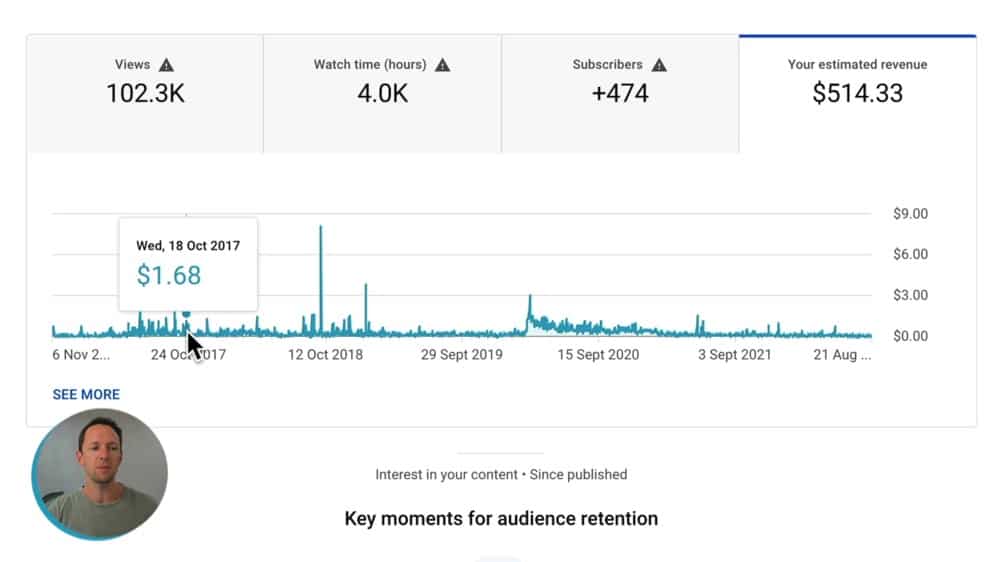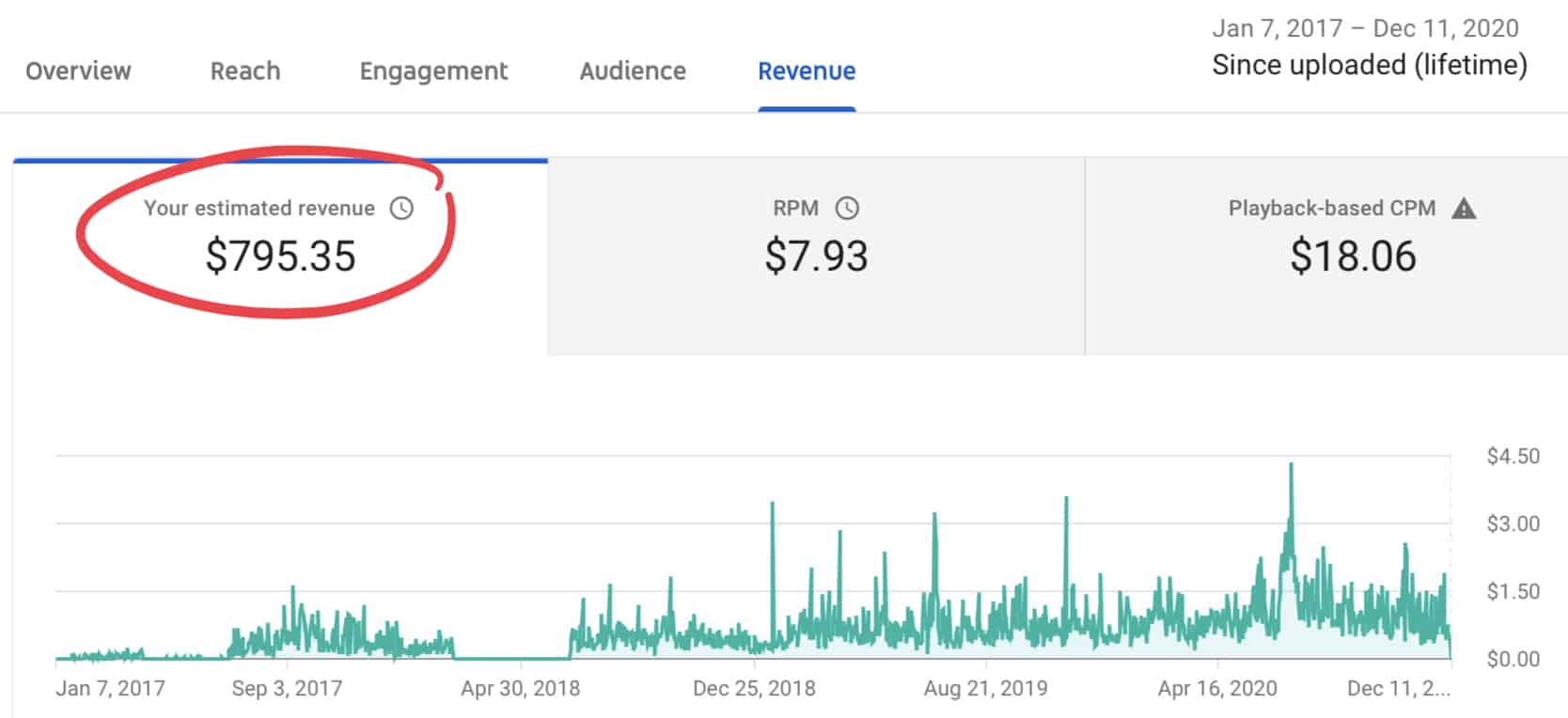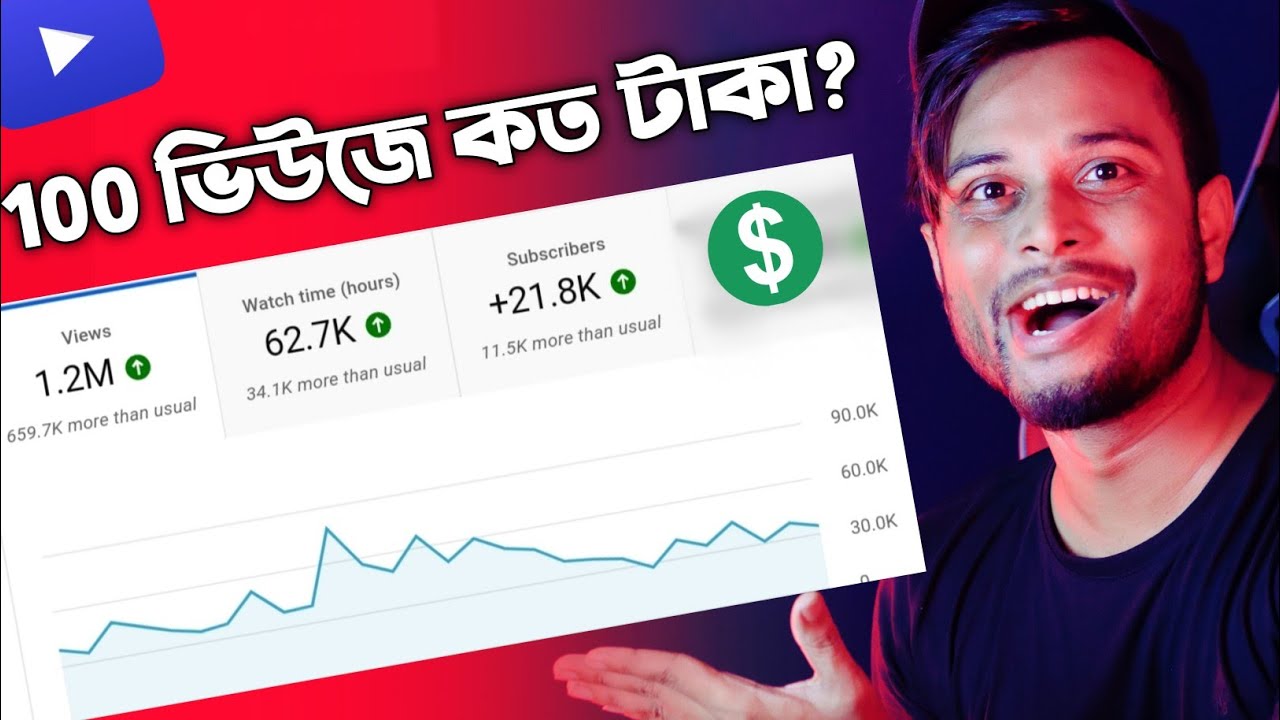So, you're curious about how YouTube monetization works, especially concerning those elusive 10,000 views? You're not alone! Many creators embark on their YouTube journeys hoping to turn their passion into profit but often feel lost in the sea of options. In this section, we'll break down what monetization means for you as a creator and what you need to do to start earning money from your videos.
At its core, YouTube monetization allows creators to earn revenue from their content. This can come from various sources, such as ads, channel memberships, and merchandise shelves. The most common route, however, is through the YouTube Partner Program (YPP), which enables ads on your videos once you meet specific criteria. But don’t worry; we’ll dig deeper into that in later sections. For now, let's just say that transforming your creative work into a source of income is more accessible than ever, provided you understand the system.
Factors Affecting YouTube Earnings

Understanding YouTube earnings can feel like trying to solve a complex puzzle since various factors influence how much you can earn from 10,000 views. Here’s a straightforward breakdown to help clarify things:
- Ad Formats: Different types of ads yield different rewards. Skippable ads, non-skippable ads, and display ads all have their values. Non-skippable ads tend to generate higher revenue, but they can also annoy viewers. It's a balance!
- Audience Demographics: Who’s watching your videos? Advertisers pay more for certain demographics. For example, views from the U.S. or U.K. often carry a higher CPM (cost per thousand impressions).
- Niche: The category your video falls under plays a crucial role. Some niches, like finance or technology, can attract higher-paying advertisers than, say, vlogs or gaming.
- Engagement Rates: Higher likes, shares, and comments can lead to increased visibility, which may attract more lucrative ad placements.
- Seasonality: Advertising budgets fluctuate throughout the year. Earnings might spike during holiday seasons when companies spend more on ads.
To sum it all up, earning money from YouTube is not just about the number of views you get; it's about creating a strategy that aligns these various factors to maximize your earnings. Understanding these elements will put you on the right path to achieving greater financial success on the platform!
3. Revenue Generation Models

When it comes to earning money on YouTube, several revenue generation models come into play. Understanding these models is crucial for content creators who want to maximize their earnings. Let's break down the primary ways YouTubers make money:
- Ad Revenue: This is often the main income source for YouTube creators. YouTube displays ads before, during, or after your videos. You earn money based on the number of views and clicks on these ads. Advertisers generally pay on a Cost Per Mille (CPM) basis, meaning they pay a certain amount for every 1,000 views.
- Channel Memberships: If you have over 30,000 subscribers, you can offer channel memberships. Fans pay a monthly fee for exclusive content, badges, and live chat access, providing a reliable income stream.
- Merchandise Sales: Many creators choose to sell their own merchandise, ranging from T-shirts to mugs featuring their branding. Platforms like Teespring can integrate with your YouTube channel, making it easy to promote your products.
- Sponsored Content: Companies will pay you to promote their products in your videos. This can be a lucrative way to earn money, especially if you have a loyal following that trusts your recommendations.
- Affiliate Marketing: By including affiliate links in your video descriptions, you can earn a commission on products sold through your referrals. It's a great way to monetize reviews and recommendations.
These revenue streams can be combined, giving you more diverse income options. Understanding how these models work can position you to make the most out of your YouTube channel.
4. Estimated Earnings for 10,000 Views

Now, let’s get to the burning question: How much can you actually earn from 10,000 views on YouTube? The answer isn't straightforward because several factors influence your earnings. Generally, most creators earn anywhere between $1 to $5 for every 1,000 views, depending on the content, audience demographic, and the niche.
| CPM Range | Estimated Earnings for 10,000 Views |
|---|---|
| $1 | $10 |
| $2 | $20 |
| $3 | $30 |
| $4 | $40 |
| $5 | $50 |
This table shows estimated earnings based on various CPM rates. Keep in mind that some niches, like finance or technology, typically have higher CPMs due to more profitable advertising, while others may be lower.
In addition to ad revenue, if you leverage other income streams, like merchandise or sponsorships, your total earnings can significantly exceed the figures above. Maximizing your content and strategically choosing monetization methods can lead to impressive profits! Remember, quality content and audience engagement are vital for boosting your views and earnings on YouTube.
Case Studies and Real-Life Examples
Understanding YouTube earnings can be tricky, but real-life examples can provide clarity. Let’s dive into some case studies that illustrate how different creators manage to earn money from their videos, particularly focusing on the milestone of 10,000 views.
1. *Gaming Channel - "GamerGuy123": This channel targets a niche audience with gameplay videos and commentary. GamerGuy123 has about 10,000 views per video. Here’s how he earns:
- Ad Revenue: With an estimated CPM (cost per thousand views) of $10, 10,000 views translate to about $100 in ad revenue.
- Sponsorships: He partners with gaming companies, earning an additional $500 per video.
- Merchandise Sales: Promoting his merch can bring in another $200 per video.
Total Earnings: Approximately $800 per video despite just 10,000 views.
2. Beauty Channel - "GlamQueen": GlamQueen’s tutorials and product reviews target a large audience. After reaching 10,000 views, her earnings look like this:
- Ad Revenue: With a slightly higher CPM of $15, her earnings stand at $150 for the views.
- Affiliate Links: By including affiliate links in her video descriptions, she earns about $300 for products sold.
- Brand Collaborations: Sponsored content can yield up to $800.
Total Earnings*: Roughly $1,250 for these views.
These examples show that the same number of views can yield vastly different earnings based on niche, audience, and monetization strategies!
Tips to Increase YouTube Earnings
If you're aiming to boost your earnings on YouTube, you're in the right place! Here are some actionable strategies that can make a significant difference:
- Create High-Quality Content: Always prioritize good lighting, clear audio, and engaging visuals. Quality attracts more views and keeps audiences around longer.
- Optimize for SEO: Use relevant keywords in your video title, description, and tags to improve visibility. Tools like TubeBuddy or VidIQ can help here.
- Engage with Your Audience: Respond to comments and foster community interaction. The more engaged your audience feels, the more likely they are to return.
- Experiment with Different Formats: Try tutorials, vlogs, or Q&A sessions. Diversifying content can attract new viewers and keep existing ones interested.
- Leverage Social Media: Promote your videos on platforms like Instagram, Twitter, and TikTok. Cross-promotion can lead to higher view counts.
- Utilize YouTube Analytics: Regularly check your analytics to understand what content performs best. Tailoring your strategy to viewer preferences can significantly increase your earnings.
- Consider Merchandising: If you have a loyal following, selling branded merchandise can be a lucrative revenue stream.
- Pursue Sponsorships Wisely: As your channel grows, approach brands that align with your content for collaboration opportunities, ensuring mutual benefit.
Remember, patience is key. Building an audience and increasing earnings doesn’t happen overnight, but with consistent effort and the right strategies, you’ll be well on your way to seeing substantial growth!
Understanding YouTube Earnings for 10,000 Views
YouTube has evolved into a lucrative platform for content creators, with many wondering how financial gains correlate with views. Understanding YouTube earnings for every 10,000 views can help creators set realistic expectations and strategize their content effectively.
Typically, YouTube earnings can be influenced by several factors:
- Ad Revenue: This is the primary source of income for most YouTubers. Ad revenue is earned through ads displayed on videos. Each 1,000 views can yield anywhere from $0.25 to $4.00, with an average CPM (Cost Per Mille, or Cost Per 1,000 views) of around $1 to $2.
- Audience Demographics: Earnings can vary based on the geographic location of viewers. Advertisers pay more for audiences in countries like the USA and Canada.
- Content Niche: Certain niches attract higher CPMs. For instance, technology and finance channels can earn significantly more per ad than lifestyle or entertainment channels.
- Engagement Rates: High engagement rates (likes, comments, shares) can lead to more lucrative sponsorship deals and increased visibility for videos.
The following table summarizes average YouTube earnings for 10,000 views based on the aforementioned factors:
| Factor | Estimated Earnings ($) |
|---|---|
| Low CPM (e.g., $0.25) | $25 |
| Average CPM (e.g., $1.00) | $100 |
| High CPM (e.g., $4.00) | $400 |
Other supplementary income avenues include sponsorships, merchandise sales, and memberships, further enhancing earnings beyond ad revenue. Defining clear goals based on these insights can empower creators to optimize their content and increase their earnings on the platform.
Conclusion and Final Thoughts
In summary, YouTube earnings for 10,000 views vary significantly depending on various factors such as ad revenue, audience demographics, content niche, and engagement rates. Understanding these elements is crucial for creators aiming to maximize their income and refine their content strategy.










